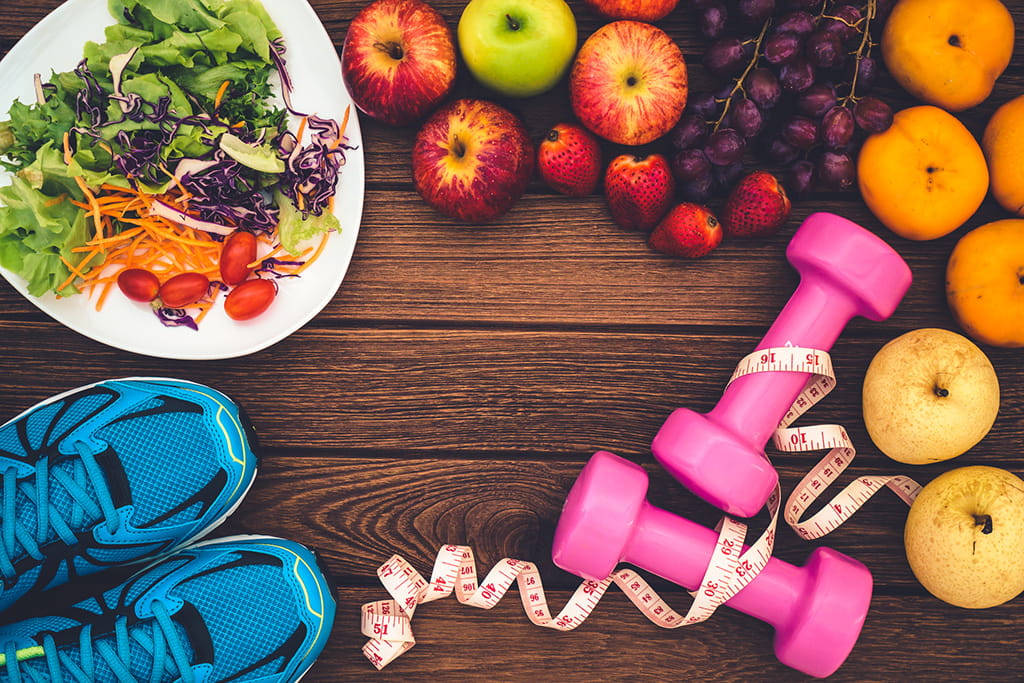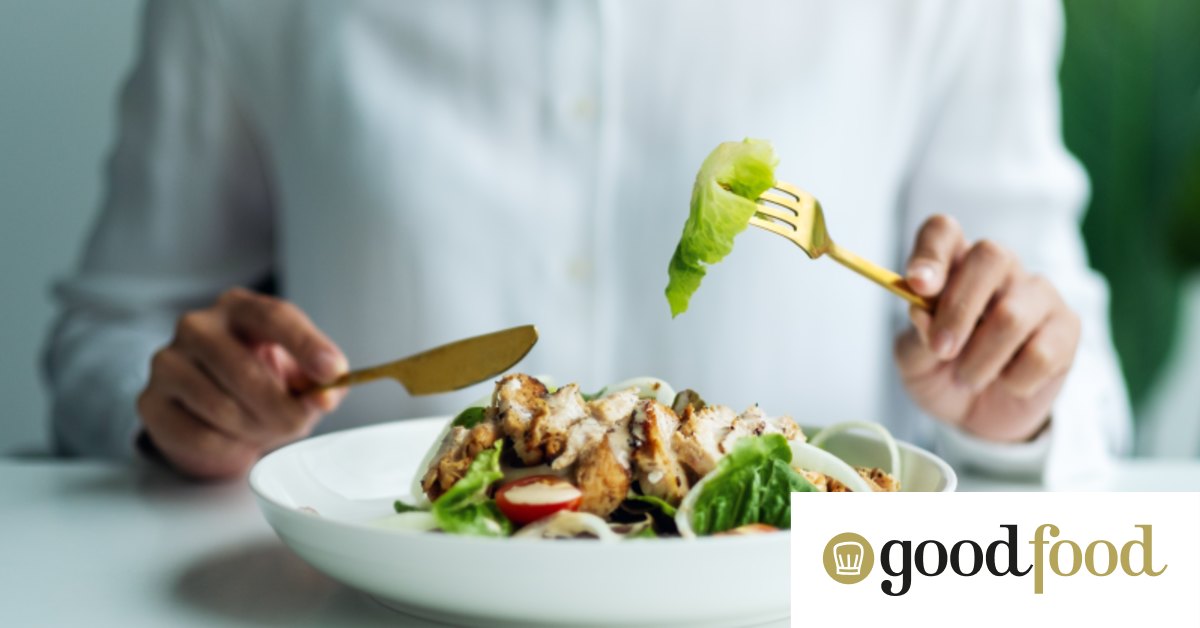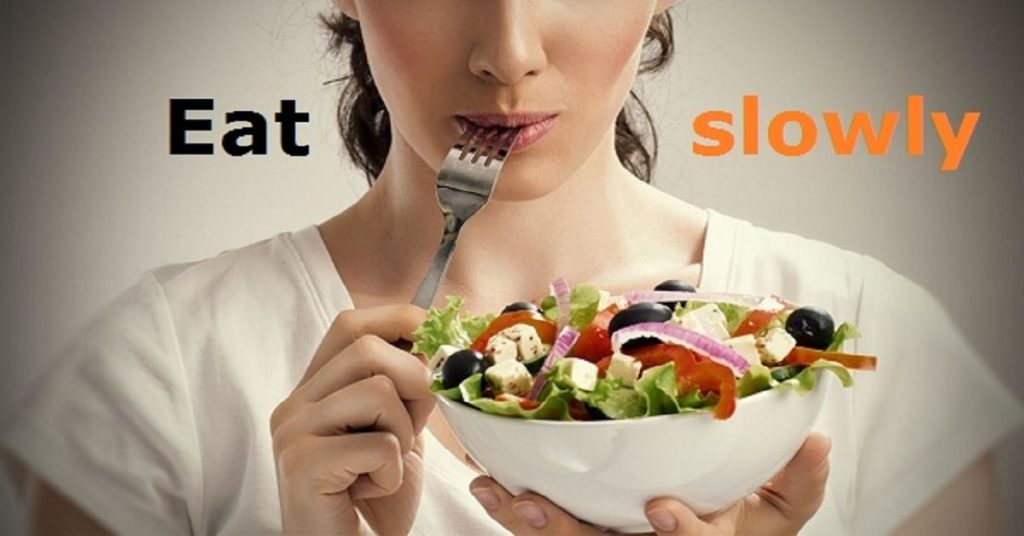
5 Strategies to Eat Slower and Lose Weight
5 Strategies to Eat Slower and Lose Weight takes center stage, inviting you to explore a mindful approach to weight management. This journey is about more than just shedding pounds; it’s about cultivating a healthier relationship with food and your body.
We’ll delve into strategies that go beyond calorie counting, focusing on slowing down, savoring each bite, and tuning in to your body’s signals. Ready to unlock the secrets to a healthier, happier you?
Imagine a world where you eat not just to satisfy hunger, but to experience the full sensory pleasure of food. This is the essence of mindful eating, a practice that can transform your relationship with food and pave the way for sustainable weight loss.
By consciously savoring each bite, you’ll find yourself naturally eating less, feeling fuller for longer, and developing a deeper connection with your body’s signals. But mindful eating is just the beginning. We’ll explore other strategies, like portion control, hydration, and strategic eating breaks, all designed to help you achieve your weight goals while fostering a healthier lifestyle.
Mindful Eating: 5 Strategies To Eat Slower And Lose Weight

Mindful eating is a powerful tool for weight loss that goes beyond simply counting calories. It involves paying close attention to your food and eating experience, fostering a conscious and deliberate approach to your meals. This practice can help you develop a healthier relationship with food, leading to better eating habits and ultimately, a healthier weight.
Benefits of Mindful Eating
Mindful eating offers numerous benefits for weight loss and overall well-being. When you focus on your food, you become more aware of your hunger and fullness cues, allowing you to eat only when you are truly hungry and stop when you are satisfied.
This conscious awareness helps you avoid overeating and mindless snacking, leading to a more balanced intake. Furthermore, mindful eating enhances your enjoyment of food. By savoring each bite, you can appreciate the flavors and textures of your meals, leading to a more satisfying eating experience.
This increased satisfaction can help reduce cravings and prevent you from seeking comfort in unhealthy foods.
Mindful Eating Techniques
Several techniques can help you cultivate a mindful eating practice:
Chewing Slowly
Slowing down your eating pace is crucial for mindful eating. Aim to chew each bite thoroughly for at least 20 to 30 times before swallowing. This allows your body to register fullness signals more effectively, preventing overeating.
Eating slower can be a game-changer for weight loss, but sometimes, cravings hit hard! If you’re looking for a satisfying and relatively healthy option, check out 11 healthy pizzas under 400 calories. These recipes can help you stick to your slower eating goals while enjoying a delicious meal.
Remember, mindful eating is key – take your time, savor each bite, and listen to your body’s fullness cues!
Savoring Each Bite
Focus on the taste, texture, and aroma of your food. Engage all your senses in the experience, appreciating the nuances of each bite. Take small portions and savor them, allowing yourself to fully experience the flavors.
Eating slower is a simple yet powerful strategy for weight loss. It allows your body to register fullness, preventing overeating. You can try putting your fork down between bites, chewing thoroughly, and taking smaller portions. These simple changes can make a big difference, and they are just a few of the many strategies outlined in 10 Simple Changes That Lead to Weight Loss , a fantastic resource for anyone looking to shed pounds.
By incorporating mindful eating techniques, you can take control of your weight and achieve your health goals.
Eliminating Distractions
Minimize distractions during mealtimes. Avoid eating while watching TV, working on your computer, or engaging in other activities. By creating a calm and focused environment, you can better connect with your food and eating experience.
Eating slower is a game-changer for weight loss! It gives your body time to signal fullness, preventing overeating. One of my favorite strategies is incorporating high-fiber foods into my meals, which keeps me feeling satisfied longer. For a deep dive into the power of fiber, check out this guide on High Fiber Meals for Weight Loss: A Guide to Feeling Full and Slim.
Once you’ve got your fiber game strong, remember to savor each bite, put down your fork between bites, and enjoy the experience of eating!
Paying Attention to Hunger and Fullness Cues
Before you eat, assess your hunger level on a scale of 1 to 10, with 1 being not hungry and 10 being extremely hungry. As you eat, pay attention to your body’s signals. Stop eating when you feel comfortably full, not stuffed.
Mindful Eating Examples
Imagine you are enjoying a piece of fruit. Before taking a bite, observe its color, shape, and texture. Notice the scent as you bring it to your nose. Take a small bite and chew slowly, allowing the flavors to dance on your tongue.
Notice the different textures as you chew and swallow. This mindful approach can transform your eating experience from a rushed, mindless activity into a pleasurable and rewarding one.
Smaller Portions

Eating smaller portions is a simple yet effective strategy for weight management. By consuming less food at each meal, you reduce your overall calorie intake, which can lead to gradual weight loss.
Portion Control: The Plate Method
The plate method is a visual guide for portion control. It involves dividing your plate into three sections:
- Non-starchy vegetables:These should occupy half of your plate. Examples include broccoli, spinach, carrots, and peppers.
- Lean protein:This should take up a quarter of your plate. Examples include chicken breast, fish, beans, and tofu.
- Starchy carbohydrates:This should occupy the remaining quarter of your plate. Examples include brown rice, quinoa, and sweet potatoes.
Common Portion Sizes
Here are some examples of common portion sizes for different food groups:
- Protein:3-4 ounces, about the size of a deck of cards
- Vegetables:1 cup, about the size of a baseball
- Fruits:1/2 cup, about the size of a tennis ball
- Grains:1/2 cup, about the size of a computer mouse
- Dairy:1 cup, about the size of a small coffee mug
Typical vs. Smaller Portions
The table below illustrates the difference between a typical portion and a smaller portion for various foods:
| Food | Typical Portion | Smaller Portion |
|---|---|---|
| Pasta | 2 cups | 1 cup |
| Chicken Breast | 6 ounces | 3-4 ounces |
| Pizza Slice | 12 inches | 6 inches |
| Ice Cream | 1 cup | 1/2 cup |
Hydration Before Meals

Drinking water before meals is a simple yet effective strategy for weight loss. It helps you feel fuller, consume fewer calories, and potentially improve your metabolism.
The Role of Hydration in Weight Loss and Satiety, 5 strategies to eat slower and lose weight
Water plays a crucial role in weight management by influencing satiety and calorie intake. When you drink water before meals, it fills your stomach, creating a sense of fullness. This can lead to consuming fewer calories during the meal. Studies have shown that individuals who drink water before meals tend to consume fewer calories and experience greater weight loss compared to those who don’t.
Benefits of Drinking Water Before Meals
Drinking water before meals offers several benefits for weight loss:
- Increased Satiety:Water expands in the stomach, triggering stretch receptors that signal fullness to the brain. This feeling of fullness can help you eat less during your meal.
- Reduced Calorie Intake:Studies have shown that drinking water before meals can reduce overall calorie intake by 13% on average.
- Improved Metabolism:Water is essential for various metabolic processes, including the breakdown of food and the absorption of nutrients. Staying hydrated can help optimize metabolism and potentially aid in weight loss.
Tips for Staying Hydrated Throughout the Day
Staying hydrated throughout the day is essential for overall health and weight management. Here are some tips:
- Carry a Water Bottle:Keep a reusable water bottle with you at all times and refill it regularly.
- Drink Water Before, During, and After Meals:Aim to drink at least one glass of water before each meal, and continue sipping water throughout the day.
- Infuse Your Water:Add slices of fruits like lemon, cucumber, or berries to your water for a refreshing flavor.
- Set Reminders:Use a phone app or a timer to remind yourself to drink water throughout the day.
Sample Hydration Schedule for a Typical Day
Here’s a sample hydration schedule for a typical day:
| Time | Water Intake |
|---|---|
| Upon Waking | 1 glass (8 oz) |
| 30 minutes before breakfast | 1 glass (8 oz) |
| Mid-morning | 1 glass (8 oz) |
| 30 minutes before lunch | 1 glass (8 oz) |
| Mid-afternoon | 1 glass (8 oz) |
| 30 minutes before dinner | 1 glass (8 oz) |
| Before bed | 1 glass (8 oz) |
Eating Breaks
Taking regular breaks between meals is a crucial aspect of mindful eating and can significantly contribute to your weight loss journey. These breaks allow your body time to digest food properly, prevent overeating, and promote a sense of satiety.
Incorporating Eating Breaks into Your Routine
Incorporating eating breaks into your daily routine can be as simple as scheduling time for a walk, a quick workout, or even just a few minutes of relaxation and mindful breathing. Here are some practical tips:
- Schedule breaks:Plan breaks into your day, even if it’s just for 15-20 minutes. Use a calendar or set reminders on your phone.
- Engage in physical activity:A brisk walk, a quick jog, or even some light stretching can help improve digestion and reduce cravings.
- Practice mindfulness:Take a few moments to focus on your breath, your surroundings, and your body. This can help you become more aware of your hunger and fullness cues.
- Stay hydrated:Drinking water between meals can help you feel fuller and reduce the urge to snack.
Sample Eating Schedule with Breaks
A sample eating schedule with breaks can help visualize the concept:
| Time | Activity |
|---|---|
| 8:00 AM | Breakfast |
| 9:00 AM | 15-minute break: walk or mindful breathing |
| 10:00 AM | Mid-morning snack (if needed) |
| 11:00 AM | 15-minute break: stretching or light exercise |
| 12:00 PM | Lunch |
| 1:00 PM | 15-minute break: relaxation or reading |
| 2:00 PM | Mid-afternoon snack (if needed) |
| 3:00 PM | 15-minute break: light workout or walk |
| 4:00 PM | Dinner |
| 5:00 PM | 15-minute break: socializing or enjoying a hobby |
Remember, this is just a sample schedule and you can adjust it based on your own needs and preferences. The key is to incorporate regular breaks throughout your day to support mindful eating and weight loss.
Concluding Remarks
By incorporating these 5 strategies into your daily routine, you’ll embark on a journey toward mindful eating and sustainable weight loss. It’s not about drastic changes or deprivation, but about making small, positive shifts that lead to big results.
Remember, the key is to find what works best for you and to celebrate your progress along the way. So, take a deep breath, savor each bite, and embrace the journey to a healthier, happier you!






